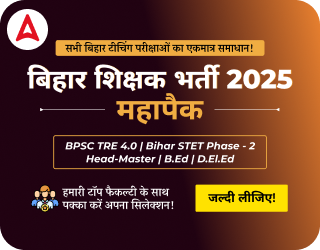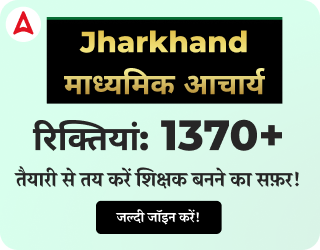Table of Contents
The Railway Recruitment Board (RRB) has officially announced the RRB Railway Teacher Vacancy 2025 under the Ministerial and Isolated Categories, specifically for Trained Graduate Teacher (TGT) positions. As candidates gear up for this competitive exam, understanding the RRB TGT Qualifying Marks 2025 is crucial, as these marks serve as the minimum benchmark for advancing through the multi-stage recruitment process. The selection stages typically include a Computer-Based Test (CBT), Interview, Skill Test (if applicable), Document Verification, and Evaluation for Language Teachers.
The CBT carries 100 objective-type questions, each worth 1 mark, with no negative marking. To move forward in the selection process, candidates must secure the minimum qualifying marks as prescribed by RRB. These cut-off scores vary by category and are essential for candidates to understand and target during their preparation.
What are the Qualifying Marks for RRB TGT 2025?
Preparing for the RRB Teacher Recruitment 2025 demands consistent effort and strategic planning. One of the most critical aspects of this journey is knowing the RRB TGT minimum qualifying marks, which sets the baseline for advancing in the recruitment process. These qualifying marks are categorized to ensure fairness in selection. Candidates belonging to the Unreserved (UR) and Economically Weaker Section (EWS) categories must secure a minimum of 40% marks in the Computer-Based Test (CBT). For OBC (Non-Creamy Layer) and SC candidates, the minimum qualifying mark is 30%, while ST candidates are required to obtain at least 25%.
Special provisions are also in place for PwBD (Persons with Benchmark Disabilities) candidates. In cases where there is a shortage of PwBD applicants for reserved vacancies, a 2% relaxation in qualifying marks may be considered. While qualifying the CBT is essential, it is only the first step. Candidates must also perform well in further stages such as the Skill Test, Performance Test, and Document Verification. It’s important to note that there are no minimum qualifying marks for the skill and performance tests- candidates are assessed purely based on performance. Meeting the RRB TGT qualifying marks ensures eligibility but securing a position demands excellence across all stages.
| Qualifying Marks for RRB TGT 2025 | |
| Category | Minimum Qualifying Marks |
| Unreserved (UR) & EWS | 40% |
| OBC (Non-Creamy Layer) | 30% |
| SC | 30% |
| ST | 25% |
| PwBD Candidates | Relaxation of 2% (if reserved vacancies are insufficient) |
RRB TGT Normalisation Process
Candidates must note that the RRB TGT qualifying marks 2025 represent only the minimum eligibility criteria and do not guarantee selection. To secure a place in the final merit list, candidates should aim to score significantly higher than the cutoff. As the RRB TGT 2025 exam is expected to be conducted in multiple shifts, the normalization process becomes a crucial component in maintaining fairness. This method is used to adjust scores based on the varying difficulty levels across different exam sessions.
The normalized scores ensure that all candidates are evaluated on a common scale, regardless of the exam shift they appeared in. These adjusted scores are then used to determine eligibility for subsequent stages, including the Skill Test, Performance Test, and Document Verification. Therefore, aspirants are advised to focus on consistent and high-level performance throughout the examination to enhance their chances of selection.
Preparation Tips to Qualify for the RRB TGT Exam
To excel in the RRB TGT Exam, a focused, structured approach is essential. Here are five exclusive, highly effective tips that will help you stand out and secure your position.
- Master the Syllabus Thoroughly: Start by understanding the complete syllabus and break it down into manageable sections. Prioritize topics based on their weightage in previous exams and focus on mastering key concepts.
- Simulate Real Exam Conditions: Regularly take mock tests under timed conditions to build exam stamina and improve time management. It will help you get comfortable with the actual exam environment, reducing anxiety.
- Focus on Conceptual Clarity: Instead of rote learning, ensure you have a deep understanding of the concepts. This will help you tackle tricky questions and improve accuracy during the exam.
- Practice Previous Year Papers: Analyze previous years’ question papers to identify recurring question patterns and understand the level of difficulty. This will help you get a feel of the types of questions asked in the exam.
- Stay Consistent and Review Regularly: Consistency is key to success. Set aside dedicated time for revision every week. Regularly reviewing your progress will help you identify weak areas and improve them in time for the exam.

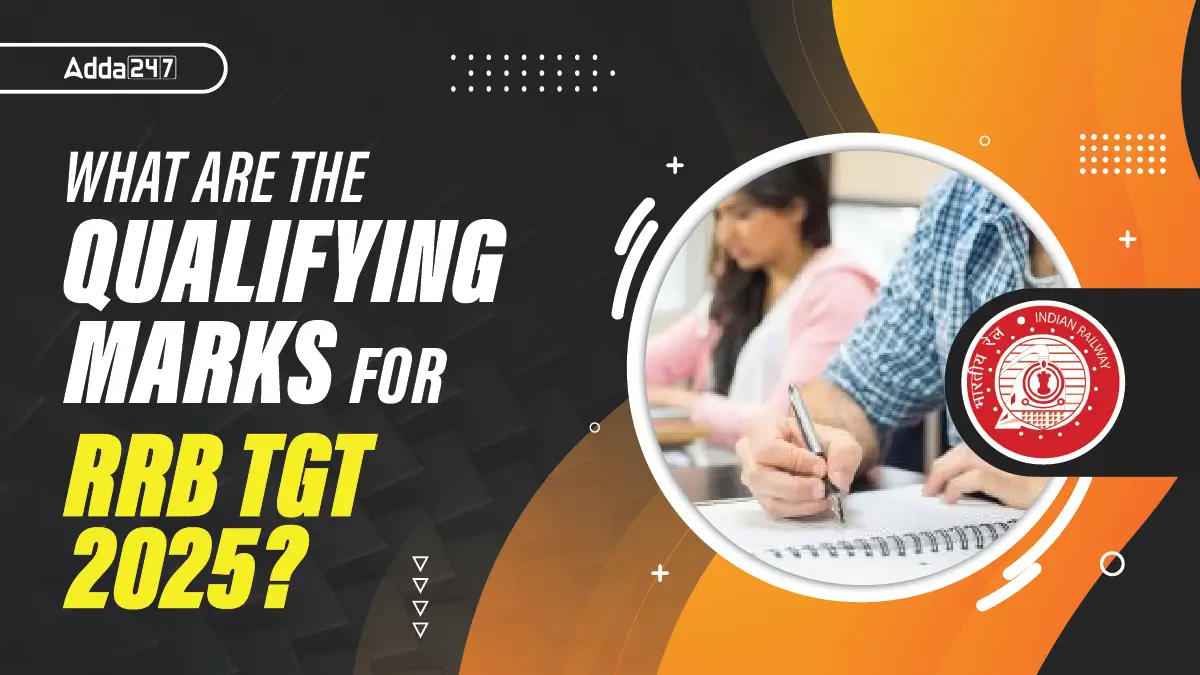


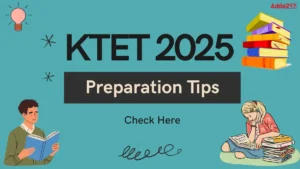 KTET Preparation Tips 2025, Online Prepa...
KTET Preparation Tips 2025, Online Prepa...
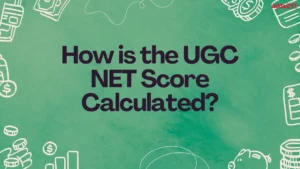 How is the UGC NET Score Calculated?, Ch...
How is the UGC NET Score Calculated?, Ch...
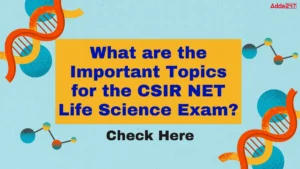 What are the Important Topics for the CS...
What are the Important Topics for the CS...



